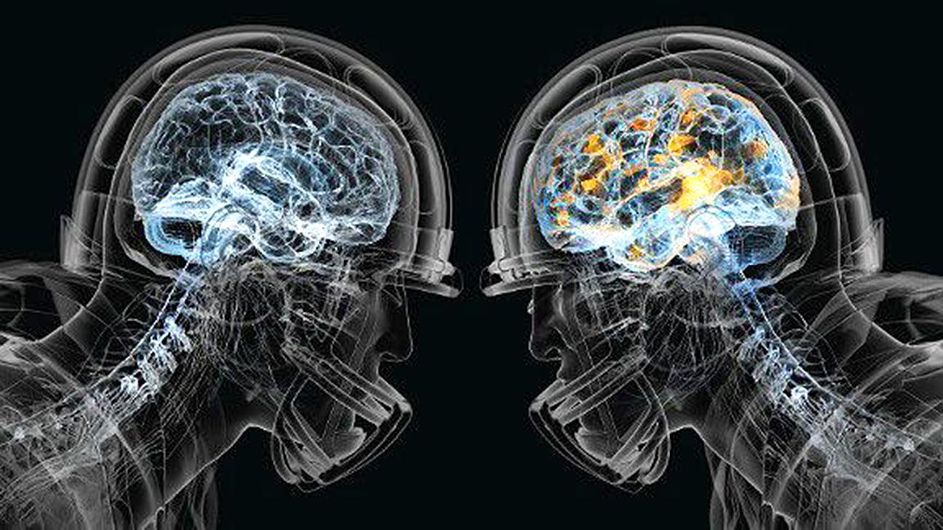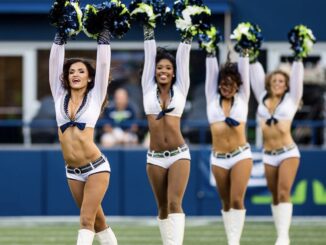
Bone-crushing hits and flying tackles are all part of what makes football exciting to watch, but they are also part of the reason why the sport is now facing heavy criticism over the serious head injuries that it can bring. In response to concerns from the public about injuries, research into making this head-crushing sport safer has become a leading concern for the NFL and many sports medicine organizations across the country.
Head impacts happen frequently in football, as they do in many other contact sports. Youth players, however, are at greater risk and could sustain up to 100 impacts per season. While the long-term health repercussions remain uncertain, most of us have heard that repeated concussions might increase an athlete’s risk of brain damage later on down the road. At first, the consequences might be hard to spot – but after multiple concussions, damages to the brain could result in behavioral changes well after an athlete’s career. This behavioral alteration is now understood to be a result of impact dementia, which is a group of symptoms including memory loss, confusion, and personality change.
Thankfully, few of the head impacts that most athletes sustain during a collision result in a concussion. As a matter of fact, most are imperceptible to players themselves.
An investigation published a year ago by the New York Times discovered that concussion research from the NFL was left incomplete almost to the point of being misleading. The Times also reported data that the NFL used 13 peer-reviewed articles and left out over 100 other diagnosed concussions, including the injury that ended the career of former NFL star, Ricardo Lockette, of the Seattle Seahawks.
Since Lockette’s injury, rather than commenting on much, the league has started using its wallet to express its concerns. It has begun funding research institutions and helmet manufacturers to help reduce further injuries from occurring in youth, college, and professional football. In addition to this, the NCAA has also begun to implement a number of policy changes in effort to reduce the number of head trauma injuries. By way of example, here are some changes to the game of football that league officials and scientists think could help reduce concussion risk in football.
Concussion Prevention
The Meaning of Concussion: To help prevent concussions, we have to know exactly what a concussion is. A concussion is a type of brain injury that occurs when the brain hits the skull. Although a helmet’s purpose is to protect athletes from head trauma and other brain injuries, they simply cannot prevent a concussion from happening. Therefore, it’s really important for players and coaches to be well-informed about how to prevent a concussion from occurring.
Many safety products, such as shoulder pads, neck rolls, and helmets claim they prevent damage from happening to the brain by absorbing the impact; but as of right now, none of those claims have been substantiated. Even though helmets are structured to help lessen the impact of a hit, the CDC estimates about 1.7 million Americans still sustain brain injuries annually, leading many coaches and legislators to rethink rule regulations amongst athletes.
Educating Players: Almost all can be resolved with rest within a week to 12 days; however, a small percentage of concussions take longer to heal and some might even have long-term effect on players. In the case of Lockette, his career ended shortly after doctors discovered that he suffered a serious neck ligament injury during the game against the Dallas Cowboys.
Believe it or not, most concussions that occur during a football game go unreported by league officials. This is because, in order for a doctor to provide an accurate concussion report for an individual, they must first run test. Simple, right? Well, if the exam is conducted on an athlete immediately after a major collision, the result could come back negative. This is why most concussions go unnoticed by coaches, players, and yes, even doctors.
The risk of second impact syndrome (SIS) is real and life threatening if not taken seriously. It can also leave individuals disabled. This is why it’s important for athletes involved in youth, college, professional, and recreational sports to understand how to recognize the signs and symptoms of concussions, and know what to do if a concussion is suspected.
Helmetless Training: This may sound contradictory, but in order to protect the heads of football players, it might advisable to have them occasionally practice without head protection.
In recent years, scientists have been trying to figure out how players can reduce the amount of concussions they sustain over a period of time. The answer – proper technique.
The “Helmetless Tackling Training” (HuTT) program, for example, consisted of having real college players practice tackling and blocking without their helmets. In one study, conducted with over 40 university football players, half of the players were to do five-minute tackling drills anywhere from 50 to 70 percent effort without their helmets or shoulder pads, twice a week. The remainder of the team was allowed to keep their gear on, but they were told to practice non-contact football skills instead. The results: the helmetless group suffered 28 percent fewer head impacts than their teammates who remained fully geared.
In the long run, even with every possible intervention and innovation, football players, like Lockette, will always be at risk of concussions. For this reason, Dr. Erik Swartz (HuTT conductor), cautions against looking too hard for solutions to this problem.
For now, Swartz says the primary lesson of the research is that “technique matters” when it comes to head safety in any contact sport. In other words, coaches should teach their players proper technique, like not to lead with their helmets when tackling or going for the ball. Although football is predominantly a contact sport, athletes involved can still play smart without using their head.
As a final point, the best ways to prevent concussions are by:
- Playing by the rules, and teaching athletes to respect the rules of their sport.
- Examining the field for uneven areas or holes.
- Making sure end post are well padded.
- Practicing good sportsmanship.
- Learning and using proper techniques for your sport.




